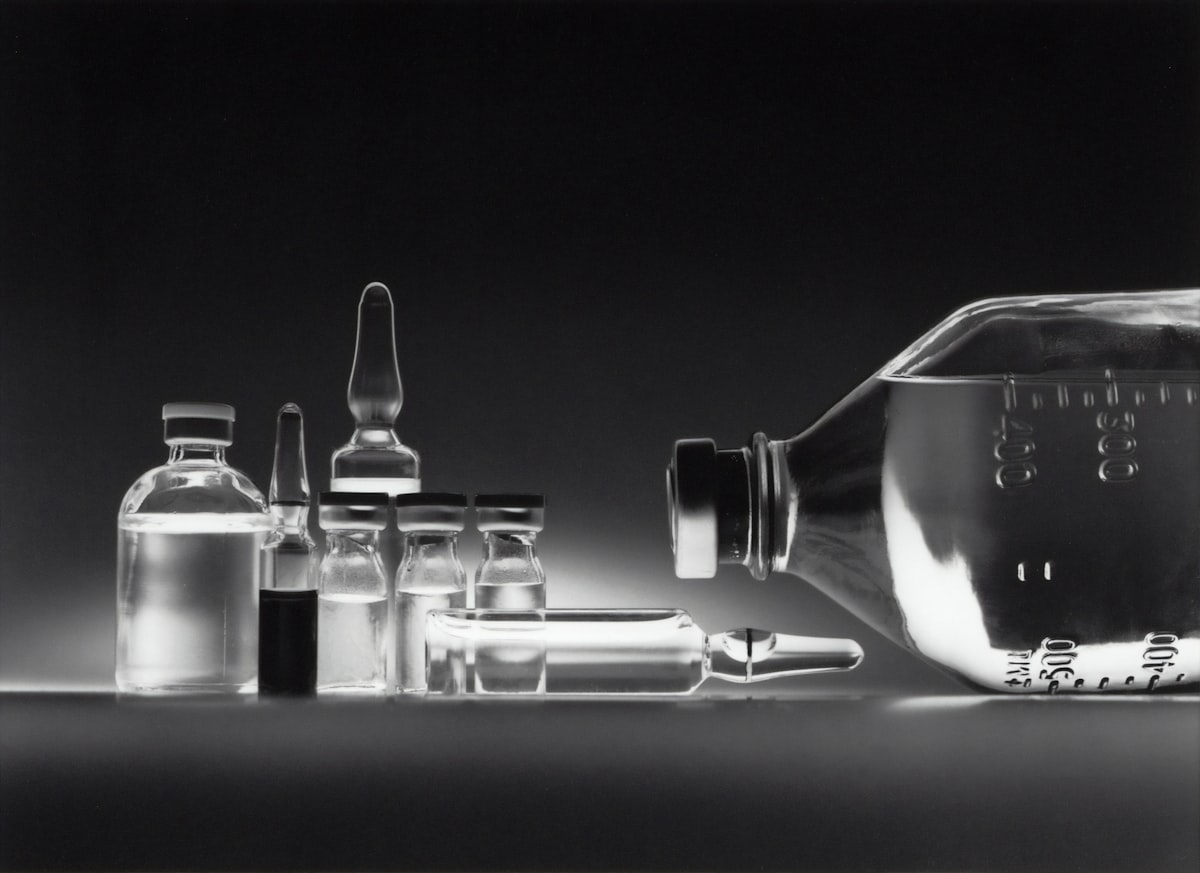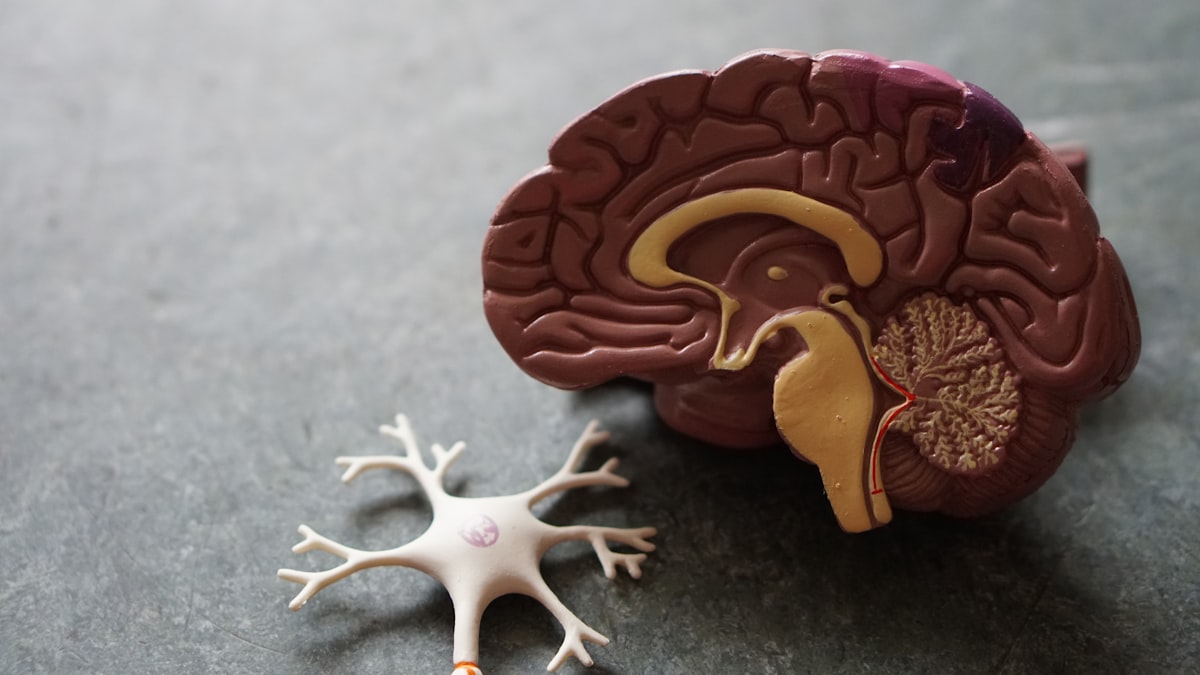The Science of Creatine: How It Works in Your Body
A comprehensive look at the biochemistry of creatine, how it's stored in muscles, and the mechanisms through which it enhances athletic performance and provides health benefits.

Dr. Robert Miller
Ph.D. in Exercise Physiology, Sports Nutrition Specialist

What is Creatine?
Creatine is a naturally occurring compound that plays a crucial role in energy production during high-intensity, short-duration activities like weightlifting, sprinting, and jumping. It's found in small amounts in certain foods, particularly red meat and seafood, and is also synthesized by the body in the liver, kidneys, and pancreas.
Chemically, creatine (methylguanidine-acetic acid) is composed of three amino acids: arginine, glycine, and methionine. While your body produces about 1-2 grams of creatine per day, the average person stores approximately 120-140 grams of creatine in their body, primarily (95%) in skeletal muscle.
The Biochemistry of Creatine
To understand how creatine works, we need to look at how our muscles generate energy. During high-intensity exercise, your muscles primarily rely on adenosine triphosphate (ATP) for immediate energy. However, your muscles only store enough ATP to fuel a few seconds of intense activity.
This is where creatine phosphate (also called phosphocreatine) comes in. When you supplement with creatine, it's converted to creatine phosphate in your body. During intense exercise, creatine phosphate donates its phosphate group to adenosine diphosphate (ADP), rapidly regenerating ATP and allowing continued high-intensity effort.
This ATP-CP (Creatine Phosphate) system is the primary energy system used for activities lasting up to about 10 seconds, such as a heavy lift or a short sprint.
The ATP-CP Energy System
ATP + Energy → ADP + Phosphate
Creatine Phosphate + ADP → Creatine + ATP
By increasing your creatine stores through supplementation, you enhance your body's ability to rapidly regenerate ATP during high-intensity exercise, leading to improved performance.
How Creatine Enhances Performance
Creatine supplementation works through several mechanisms to improve athletic performance:
1. Increased Phosphocreatine Stores
The primary benefit of creatine supplementation is increasing your muscle's phosphocreatine stores by approximately 20-40%. This directly enhances your ATP-CP energy system, allowing for:
- Greater power output during maximal effort activities
- Increased work capacity during repeated bouts of intense exercise
- Delayed onset of fatigue during high-intensity training
2. Cell Volumization
Creatine draws water into your muscle cells, increasing cell volume. This "cell volumization" or "cell swelling" effect may:
- Trigger protein synthesis and reduce protein breakdown
- Create a more anabolic environment for muscle growth
- Increase glycogen storage in muscles
3. Buffer Against Lactic Acid
Creatine may help buffer against lactic acid accumulation during intense exercise, potentially delaying fatigue and allowing for more productive training sessions.
4. Enhanced Satellite Cell Activity
Research suggests creatine may increase satellite cell activity, which plays a crucial role in muscle repair and growth following exercise-induced damage.
Beyond Muscles: Cognitive and Health Benefits
While creatine is primarily known for its effects on muscle performance, research has uncovered several other potential benefits:
Brain Function
Your brain, like your muscles, requires significant energy to function optimally. Creatine supplementation may enhance cognitive function by:
- Increasing brain phosphocreatine levels
- Improving memory and intelligence test scores, particularly under sleep-deprived conditions
- Potentially offering neuroprotective effects
Aging Population
As we age, natural creatine levels tend to decline. Supplementation may help older adults by:
- Preserving muscle mass and strength
- Improving bone mineral density
- Enhancing cognitive function
Optimal Supplementation Strategies
Based on the scientific understanding of how creatine works in the body, here are evidence-based recommendations for supplementation:
Loading Phase
A loading phase involves taking 20-25g of creatine daily (divided into 4-5 doses) for 5-7 days. This rapidly saturates your muscle creatine stores. The scientific rationale is:
- Muscles have a maximum capacity for creatine storage
- Loading accelerates the saturation process
- Full benefits of creatine can be realized more quickly
Maintenance Phase
After loading, a maintenance dose of 3-5g daily is sufficient to maintain elevated creatine stores. This works because:
- The body naturally breaks down about 1-2% of creatine stores daily
- A maintenance dose replaces what's lost through natural degradation
Alternative: Gradual Protocol
If you prefer to avoid loading, taking 3-5g daily will eventually saturate creatine stores, but it may take 3-4 weeks to reach full saturation.
Timing and Co-Ingestion
Research suggests that creatine uptake may be enhanced when taken:
- With a carbohydrate-protein meal (increases insulin, which may enhance creatine uptake)
- Post-workout (when muscles may be more receptive to nutrients)
However, consistency is more important than timing. Taking creatine daily, regardless of timing, will effectively maintain elevated muscle creatine stores.
Safety and Side Effects
Creatine is one of the most extensively studied supplements, with a strong safety profile:
- No evidence of kidney or liver damage in healthy individuals
- No clinically significant effects on blood pressure
- No negative effects on hydration status when fluid intake is adequate
The most common side effect is water retention, particularly during the loading phase, which typically subsides during maintenance.
Conclusion
Creatine works through well-understood biochemical mechanisms to enhance energy production during high-intensity exercise. By increasing phosphocreatine stores in muscles, it improves the rapid regeneration of ATP, leading to enhanced performance, particularly in activities requiring short bursts of maximal effort.
Beyond its performance benefits, emerging research suggests creatine may offer cognitive and health benefits, making it a versatile supplement for various populations, from athletes to older adults.
When supplemented according to evidence-based protocols, creatine is both effective and safe, explaining its enduring popularity and strong scientific support in the field of sports nutrition.
References
- Kreider, R.B., et al. (2017). International Society of Sports Nutrition position stand: safety and efficacy of creatine supplementation in exercise, sport, and medicine. Journal of the International Society of Sports Nutrition, 14, 18.
- Buford, T.W., et al. (2007). International Society of Sports Nutrition position stand: creatine supplementation and exercise. Journal of the International Society of Sports Nutrition, 4, 6.
- Rawson, E.S., & Volek, J.S. (2003). Effects of creatine supplementation and resistance training on muscle strength and weightlifting performance. Journal of Strength and Conditioning Research, 17(4), 822-831.
- Rae, C., et al. (2003). Oral creatine monohydrate supplementation improves brain performance: a double-blind, placebo-controlled, cross-over trial. Proceedings of the Royal Society B: Biological Sciences, 270(1529), 2147-2150.
- Candow, D.G., et al. (2014). Creatine supplementation and aging musculoskeletal health. Endocrine, 45(3), 354-361.


